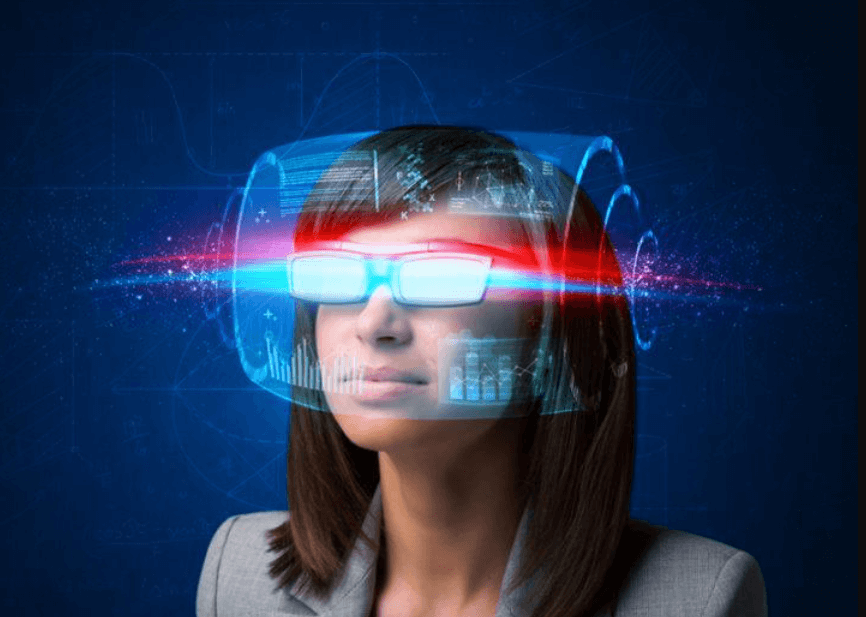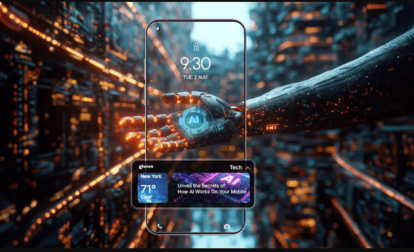Throughout the evolution of virtual reality (VR), several key milestones have significantly shaped its trajectory and impact.
Early technologies, such as the Sensorama and the first head-mounted displays, laid the groundwork for immersive experiences.
These innovations sparked the imagination of creators, enabling them to develop more sophisticated VR environments that captivated users.
Ultimately, this broadened the horizons of how individuals interact with digital worlds and experience freedom in exploration.
Current Trends Shaping the Future of VR
As virtual reality technology continues to evolve, several current trends are emerging that promise to redefine user experiences and applications across various industries.
Enhanced immersive experiences are becoming increasingly sophisticated, engaging users more deeply than ever.
Simultaneously, advancements in user accessibility are democratizing VR, allowing a broader audience to participate in virtual environments, ultimately fostering a more inclusive and diverse community of users inspired by limitless possibilities.
See also: The Evolution of Smartphones: What’s New in 2025?
The Impact of VR on Various Industries
While the potential of virtual reality extends across numerous sectors, its impact is particularly pronounced in industries such as healthcare, education, and entertainment.
In healthcare applications, VR aids in patient treatment and surgical training, enhancing outcomes.
Meanwhile, in entertainment, immersive gaming experiences captivate users, reshaping how individuals interact with digital content.
This transformative technology continues to redefine industry standards and practices.
Future Possibilities and Innovations in Virtual Reality
Although the current applications of virtual reality (VR) already demonstrate its transformative potential, the future holds even more exciting possibilities and innovations that could reshape various aspects of daily life.
Enhanced immersive experiences, coupled with improved user accessibility, are anticipated to democratize VR technology. This evolution may empower individuals to engage in education, entertainment, and communication, fostering a more interconnected and liberated society.
Conclusion
As the evolution of virtual reality continues, the industry stands at a pivotal juncture, akin to the adage “the best is yet to come.” Current trends and innovations promise to reshape user experiences across sectors, fostering deeper connections and interactions. By harnessing the full potential of VR, future advancements are poised to break down barriers and redefine engagement, ultimately transforming the way individuals learn, communicate, and entertain themselves in an increasingly interconnected world.




 The Future of Biotech: How Tech Is Revolutionizing Medicine
The Future of Biotech: How Tech Is Revolutionizing Medicine